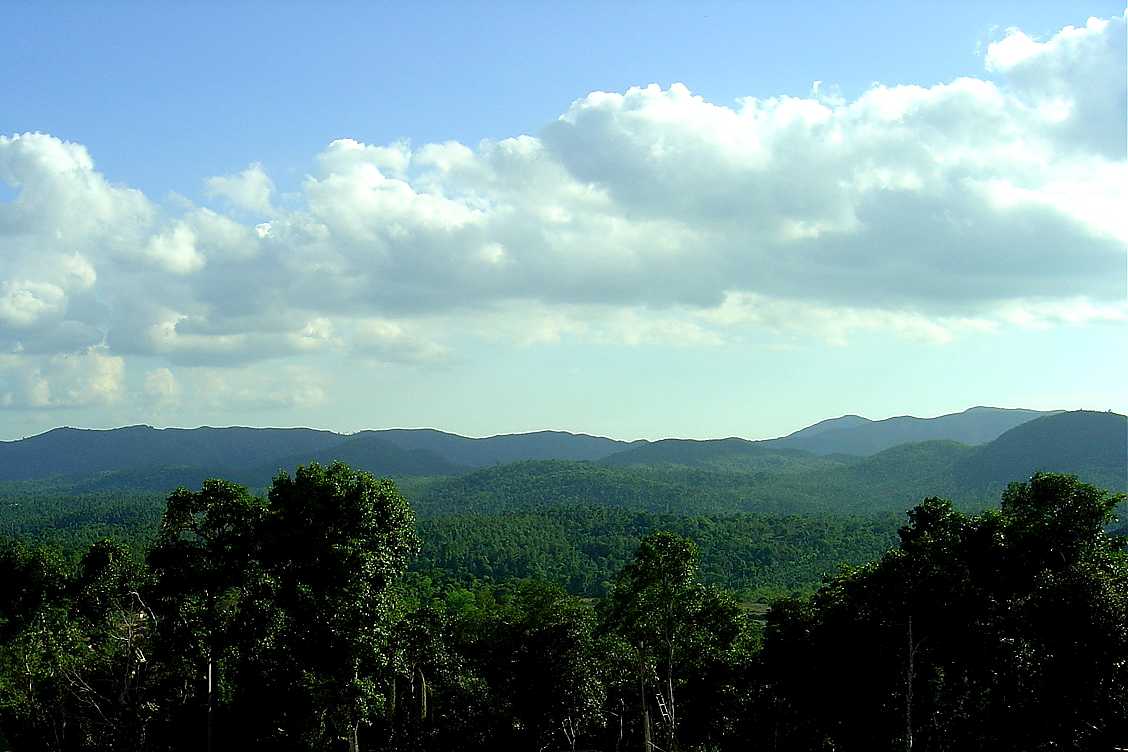MILAN, Italy – It is hard to find out the origin of coffee in history. The first evidence of coffee drinking as we know it appeared for the first time in the late 15th century. Sumi Imam Muhammad Ibn Said Al Dhabhani is the first person known to have imported coffee from Ethiopia to Yemen. Even though it is difficult to track down the history of one of the most beloved drinks in the world, one thing is certain: coffee has continued to evolve since its birth. Many coffee experts are now used to experiment with ingredients and making process, for example at the brewing phase or during fermentation.
Coffee experimentation in India
Taking India as an example, most people are now quite familiar with flavours such as mint, chocolate or hazelnut in coffee.
Consumers, as well as coffee makers, are starting to appreciate coffee experimentation in order to create new and interesting tastes.
Coffee producers started to identify a precise area in which experimentation is particularly adapt: in the process, when the layers surrounding the coffee beans are removed.
Matt Chitharanjan, co-founder of Blue Tokai Coffee Roasters, mentions that there is an increase in experimentation with coffee. As reported in The New Indian Express: “Traditionally, growers have been sending good-quality cherries for wash processing and low-quality for natural processing. I remember having a conversation with growers five years ago to process good cherried as naturals.”
In India, as Matt Chitharanjan further explains, there are two main forms of coffee experimentations. In the first one, it is noted that the coffee cherry is fermented alongside a fruit. The yeast is added later. The second form is the barrel-ageing process: green coffee lots are blended and placed in whisky barrels.
In conclusion, it can be said that Indians feels more inclined towards coffee that tastes sweet. Even though Indians were attached to the original idea of coffee, black with little sugars, times are slowly changing.
However, as for now, experimental coffee is still a niche product in the market. After all, as Matt Chitharanjan adds: “Experimental coffees are not great for getting new people into coffee. The flavour profiles are complex and not always what people expect coffee to taste like”. However, in India, there is a trend that has been evolving in the last few years. It does not show any signs of stopping now.


















